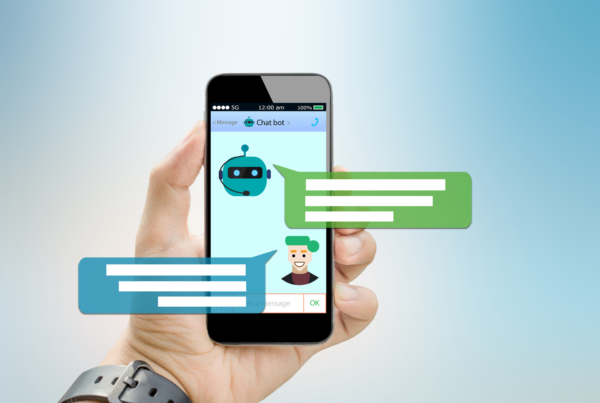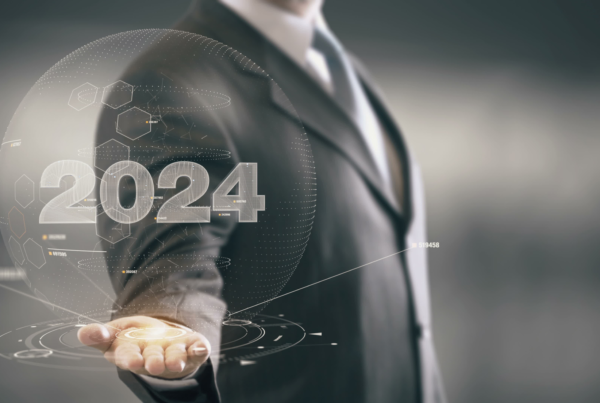In the delicate dance of IVF and ART, selecting the most viable embryo for transfer holds immense significance. Traditionally, this decision relies heavily on the expertise and experience of embryologists, who analyze the morphological features of embryos under a microscope. However, AI-driven embryo selection offers the potential to refine this process, potentially leading to higher success rates and bringing hope to more families.
How AI Augments Embryo Selection:
By leveraging the power of machine learning and deep learning, AI systems are being developed to assist in embryo selection:
- Image Analysis: AI algorithms can analyze vast amounts of images of developing embryos, identifying subtle patterns and features that may be difficult for the human eye to detect. These features might include cell division rates, blastocyst formation, and cellular arrangements.
- Predictive Modeling: Trained on historical data sets of successful and unsuccessful embryos, AI models can learn to identify patterns associated with implantation potential. This information, while not definitive, can offer valuable insights to complement the expertise of embryologists.
- Multi-factorial Analysis: AI systems can integrate data from various sources, including patient history, laboratory test results, and genetic information, offering a more holistic perspective for embryo selection.
Benefits for IVF Clinics and Patients:
The potential benefits of AI-driven embryo selection are multifaceted:
- AI systems can potentially improve the accuracy of embryo selection, leading to a higher chance of successful implantation.
- Objectivity and Consistency: AI algorithms offer an objective and consistent approach to embryo selection, potentially reducing the subjectivity and variability that can occur with human assessments.
- Personalized Insights: By integrating patient-specific data, AI systems can offer personalized insights into the potential of each embryo, empowering clinicians and patients to make informed decisions together.
Some real-life cases:
Several companies are actively developing and testing AI-driven embryo selection tools. Here are a few examples:
- Embryoscope from VitroLife is actively promoting iDAScore a time-lapse imaging AI platform analyzing embryo development for improved selection. It analyzes thousands of data points to predict implantation potential, potentially increasing pregnancy rates and reducing miscarriages. As per VitroLife’s website, “is an AI-based scoring system that provides fully automated analysis of time-lapse sequences. Now you can get an objective ranking based on the likelihood of achieving a fetal heartbeat on days 2, 3, or blastocyst stage of each of a patient’s embryos at once – with just a touch of a button”.
- Life Whisperer developed Life Whisperer Genetics (LWG) and Life Whisperer Viability (LWV) in the field of improved embryo selection. The former uses AI to evaluate the likelihood of the embryo being genetically normal (euploid) from a single static embryo image. It analyzes morphological features that constitute a euploid embryo. The latter employs AI to evaluate the likelihood of clinical pregnancy from a single static embryo image. It analyzes morphological features that constitute a viable embryo, including complex patterns that are difficult or even impossible to detect by the human eye.
- IVF 2.0 is leading the AI field in IVF with different solutions. ERICA for once is a technology that focuses on the prioritization of euploid embryos without sampling or biopsy using machine learning and deep learning through AI.
- m|z from Overture Life is in the words of the developers “a powerful tool to optimize embryo selection” with the whole objective for the company of automating the full IVF process and making it more affordable.
Challenges and Considerations:
While AI-driven embryo selection holds promise, crucial considerations need to be addressed:
- Ethical Concerns: Ensuring the ethical use of AI in embryo selection is paramount. Transparency, explainability, and patient autonomy remain at the forefront of these discussions.
- Data Quality and Bias: The reliability of AI models hinges on the quality and diversity of data used for training. Biases in data sets can lead to biased outcomes, and addressing this is crucial.
- Regulatory Landscape: Navigating the evolving regulatory landscape surrounding AI-based tools in healthcare is essential for responsible implementation.
The Road Ahead: Responsible Development and Collaborative Integration
The responsible development and integration of AI-driven embryo selection requires collaboration between researchers, clinicians, regulatory bodies, and the public. By fostering open dialogue, addressing ethical concerns, and ensuring data privacy, we can work towards a future where AI complements the expertise of embryologists, offering hope and potential for success to more individuals and families on their journey to parenthood.
As an IVF/ART manufacturer or distributor, you can play a crucial role in this evolution. By supporting the development of ethically sound and transparent AI tools, advocating for responsible use, and fostering collaboration, you can contribute to building trust and ensuring that AI serves as a valuable partner in refining the art of embryo selection.





